If you are looking to upgrade your cameras, now might be a good time to do so with Canon’s all-new full-frame mirrorless cameras.
Made for amateur photographers and professionals, the all-new EOS R5 and R6 have been designed to provide users with high-quality, high-speed shooting experience. As part of the Canon EOS R line-up, both cameras are equipped with a new and improved Auto-Focus (AF) system, fast continuous shooting speed of up to 20fps and in-body Image Stabilisation, as well as dual SD card slots.
.

Having taken into account customers’ feedback — particularly, those looking for Canon to seriously invest in the mirrorless format — these new professional-grade additions to the Canon EOS R family now share the same league as Sony’s mirrorless Alpha 7 and 9.
Although the EOS R5 and R6 may share similar features, the R5 is touted as the higher-end model for professionals that comes with the in-built 45MP full-frame CMOS sensor, 8K video recording, 5GHz wireless Wi-Fi connectivity. Both models come with a rather hefty price tag at first glance, but when compared with other mirrorless models with similar features, the EOS R5 and R6 aim to justify their difference with its compact built and advanced improvement in camera technology.
While DSLR and mirrorless cameras both have the ability to offer features for more advanced photography and the freedom to interchange lenses, the main difference is that a mirrorless camera allows light to go directly into the image sensor for viewing on an electronic viewfinder, while DSLR cameras utilise a reflex mirror inside them that bounces the light up into the optical viewfinder.
DESIGN

Both the EOS R5 and R6 have a lightweight, magnesium alloy body with a dust and drip-proof construction. Each features a Vari-angle LCD touch screen as well as a multi-controller and quick control dial that offers a quicker selection of AF points and the changing of settings.
The cameras are also built with a shutter curtain that can be configured to either close or remain open when the power is off. An extremely useful feature to have when you want to prevent dust from entering the sensor chamber when you make a lens change.
NEW GENERATION IMAGING PERFORMANCE

Powered by the new DIGIC X image processor, both cameras are equipped with an electronic shutter which is capable of producing a continuous shooting speed of up to 20fps at full resolution, even when you use AF tracking. Each camera features a mechanical shutter mode as well, which is able to shoot at a continuous speed of 12fps.
As the EOS R5 is helmed as the higher-end model, the camera is built with professionals in mind, offering a 45-megapixel full-frame CMOS sensor that can capture intricate details in landscape photography as well as intensive cropping required in wildlife photography. The EOS R6, on the other hand, works better for amateur photographers with its 20-megapixel full-frame sensor.
DUAL PIXEL CMOS AF II

Canon’s proprietary Auto-Focus technology gets an upgrade in the EOS R5 and R6 to provide smooth, high-performance focus tracking in video filming, and fast auto-focus abilities to produce sharp still photos when photographing a moving subject.
Dubbed the Dual Pixel CMOS AF II, both cameras will now have the technology to enable an Auto-Focus Priority mode for humans and animals, making candid images so much easier to capture, The camera will not only recognise the body of the subject, but also the head and eyes. This means that even if your subject moves while you’re shooting, you will still be able to get a sharp still photo of them in mid-action.
Photos in dimly-lit scenarios will also be possible to capture especially with the EOS R5’s low luminance Auto-Focus sensitivity that is able to catch images in conditions so dark that a human eye would find difficult to see.
IN-BODY IMAGE STABILISER

If there’s one thing most of us look for in a camera, it’s the image stabiliser that helps to ensure we don’t take blur photos or even shaky video footage. As a first for Canon’s EOS series cameras, both the R5 and R6 incorporate a 5-axis camera-shake blur correction In-Body Image Stabiliser function.
Alongside the new algorithm made possible by the DIGIC X, the cameras will be able to achieve higher image stabilisation effects with coordinated control on the camera body and lens. This results in an optimised stabilisation across the entire zoom range from wide-angle to telephoto.
8K VIDEO RECORDING
You’ve heard of 4K video recording but the Canon EOS R5 is capable of taking videos one step further with its in-built 8K video recording feature. Instead of having to add external accessories to the EOS R5, the camera is fully able to record 8K videos at a smooth 30fps with full sensor readout. It is also able to record up to 120fps in 4K with a variety of file output formats that you can use in post-production.
Although the EOS R6 is not able to shoot in 8K, it still has the ability to shoot in 4K at up to 60fps and in Full HD at 120fps.
WIRELESS CONNECTIVITY
To make file transfer easy and quick, both the EOS R5 and R6 are built with wireless capabilities that support 2.4GHz wireless LAN without requiring additional accessories. The EOS R5 alone also has the ability to support 5GHz connection to provide faster transfer speeds from the camera to a smart device, PC or even FTP server.
Both cameras feature a Bluetooth Low Energy connection as well, which works fully with the new image.canon cloud platform. Once configured with a Wi-Fi connection, the cameras are able to automatically upload image and video files for storage in the image.canon cloud for up to 30 days with no size limitations. This makes it easy for users to configure image.canon to automatically transfer their original image data to various cloud platforms such as Google Photos, Google Drive or Adobe Creative Cloud.
DUAL CARD SLOTS

Even with its compact size, both cameras are built with dual SD card slots for ease of use. The EOS R5 especially has the ability to accommodate not just the ordinary SD memory card but also a CFexpress memory card, which has the ability to support high-speed transfer, as well as 8K RAW video files.
EOS R5 AND R6 AT A GLANCE

PRICING AND AVAILABILITY
The Canon EOS R5 retails at $6,199 for just the body and $7,898 with the RF 24-105mm lens. It is available for pre-order now until 28 July 2020 at Canon authorised dealers.
Each pre-order will receive a complimentary Control Ring Mount Adapter EF-EOS R worth $319 and a SanDisk Extreme Pro SDXC 64GB worth $43.
The EOS R5 will officially launch on 30 July 2020, while the EOS R6 will be available in the later part of Q3 2020, with pricing to be confirmed.
For more information, click here. For a list of Canon’s authorised dealers, click here.
Banner image courtesy of Canon Singapore.

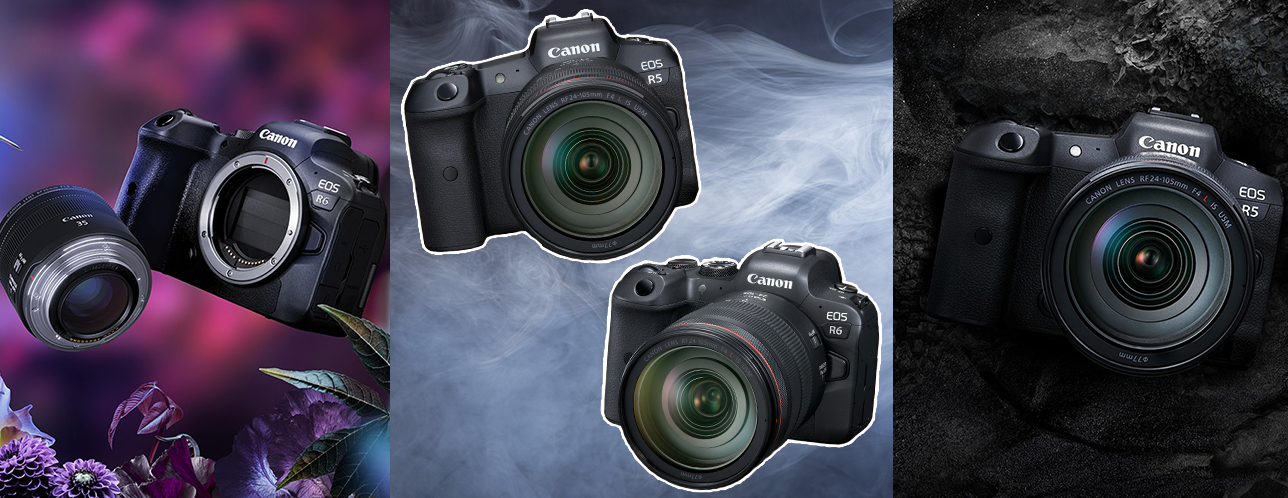

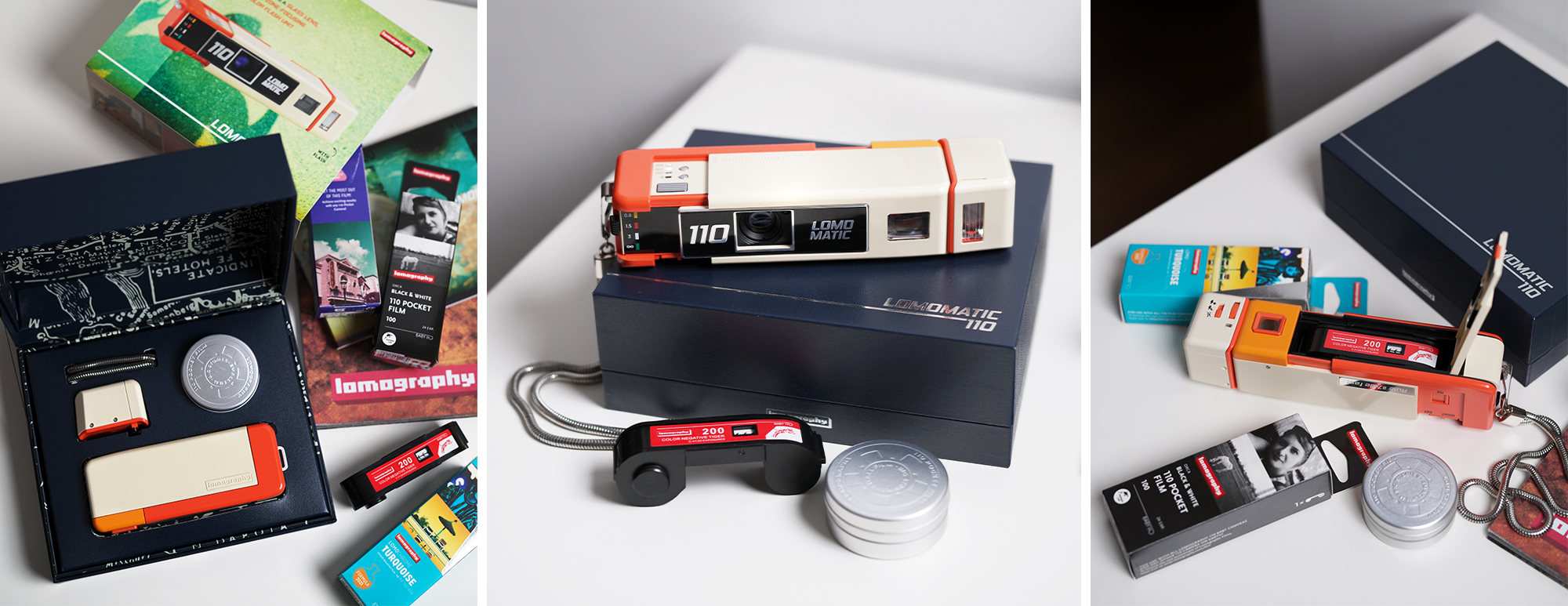
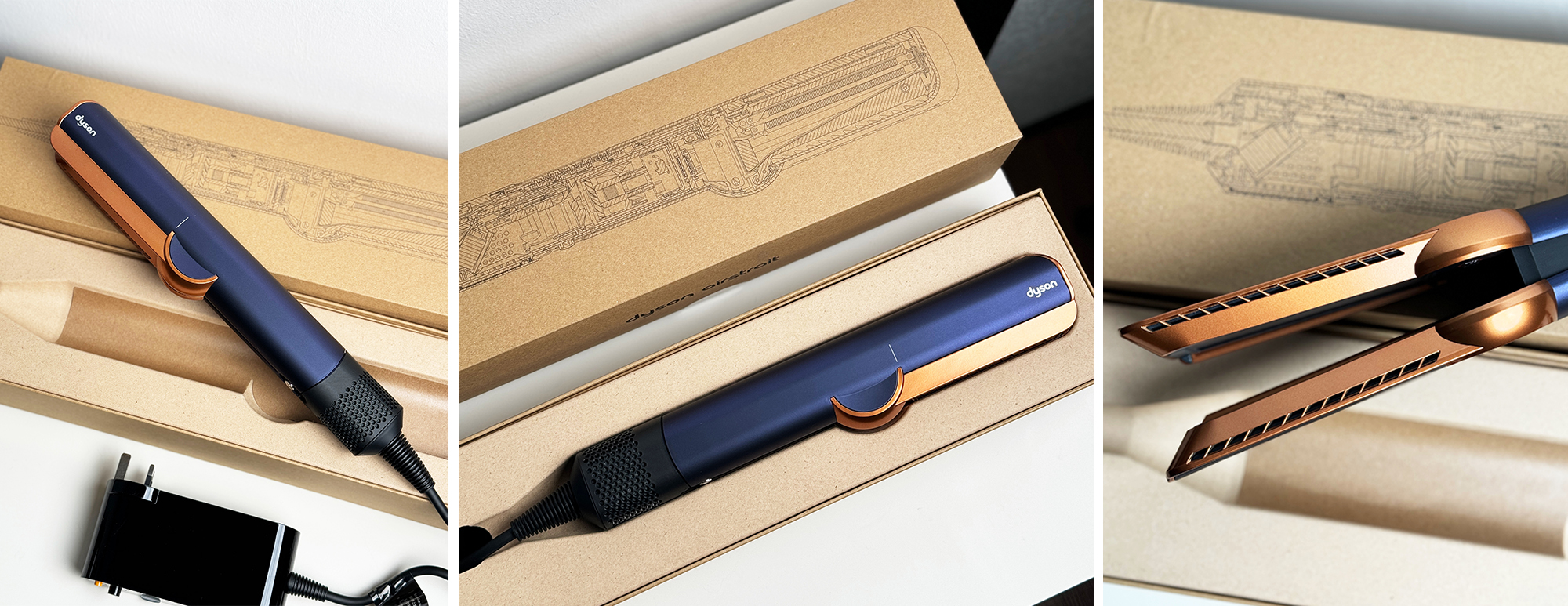
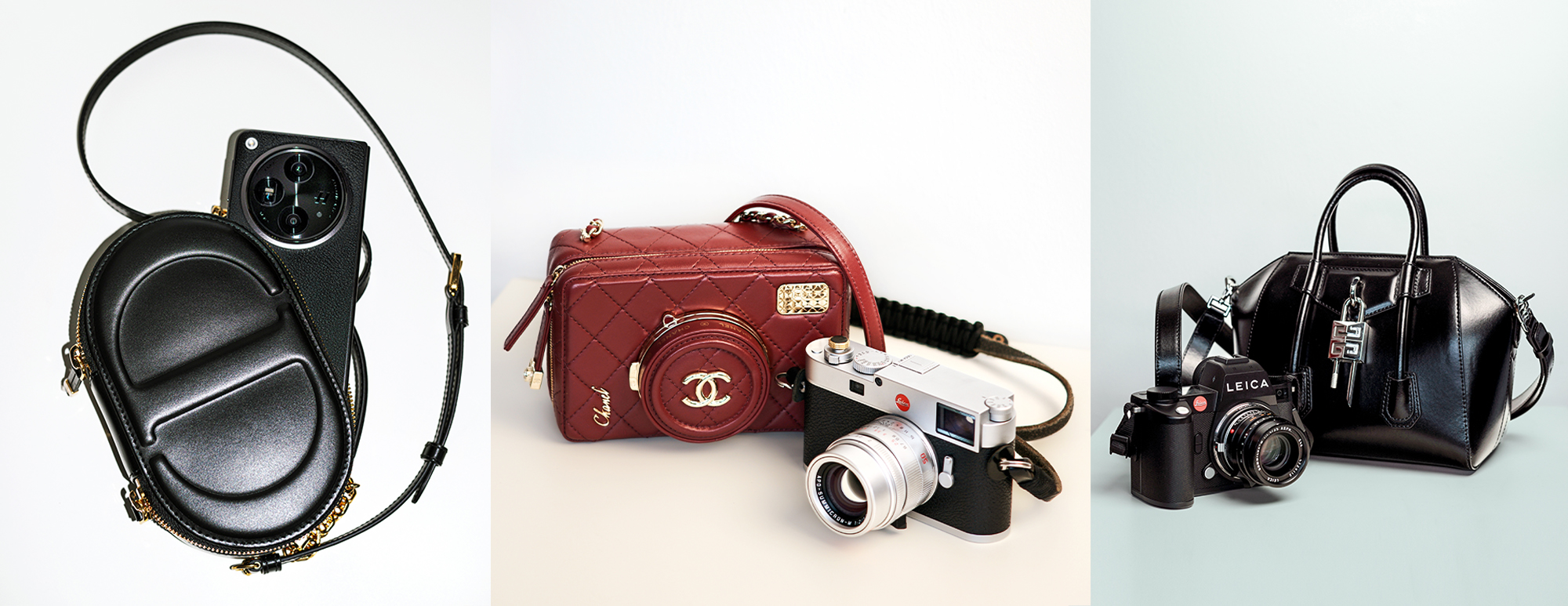
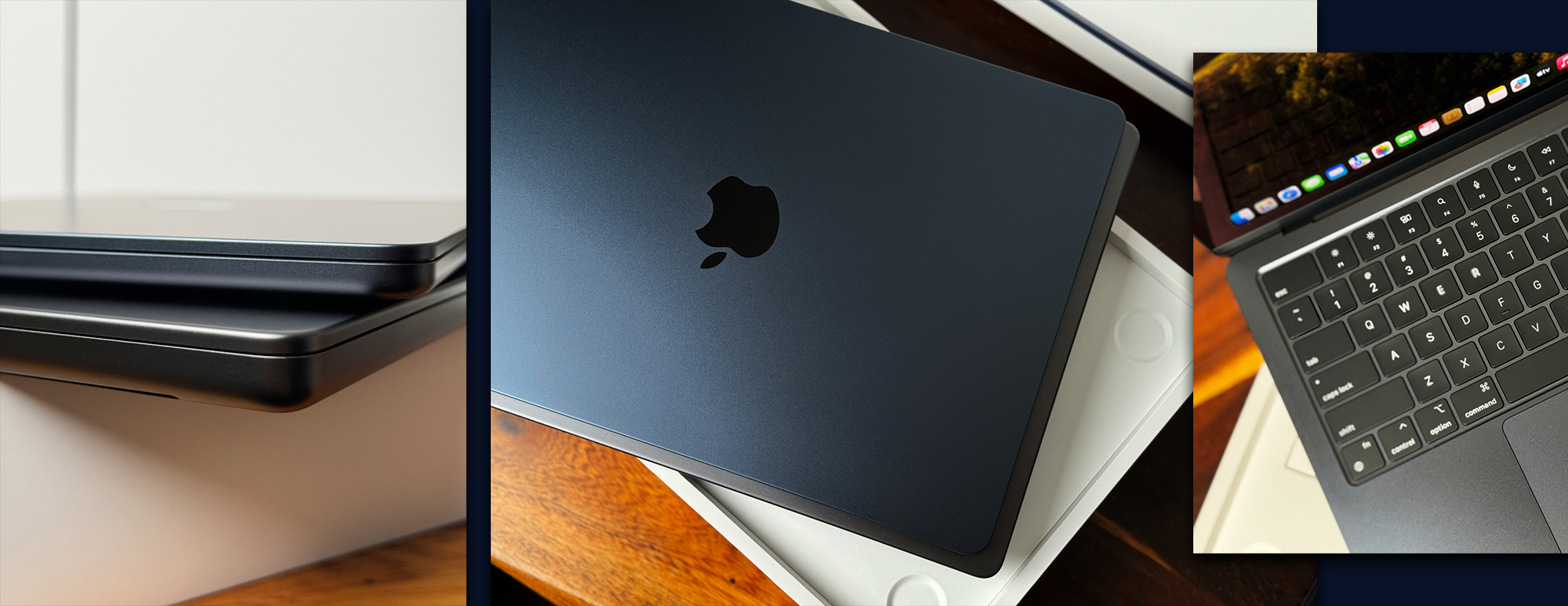


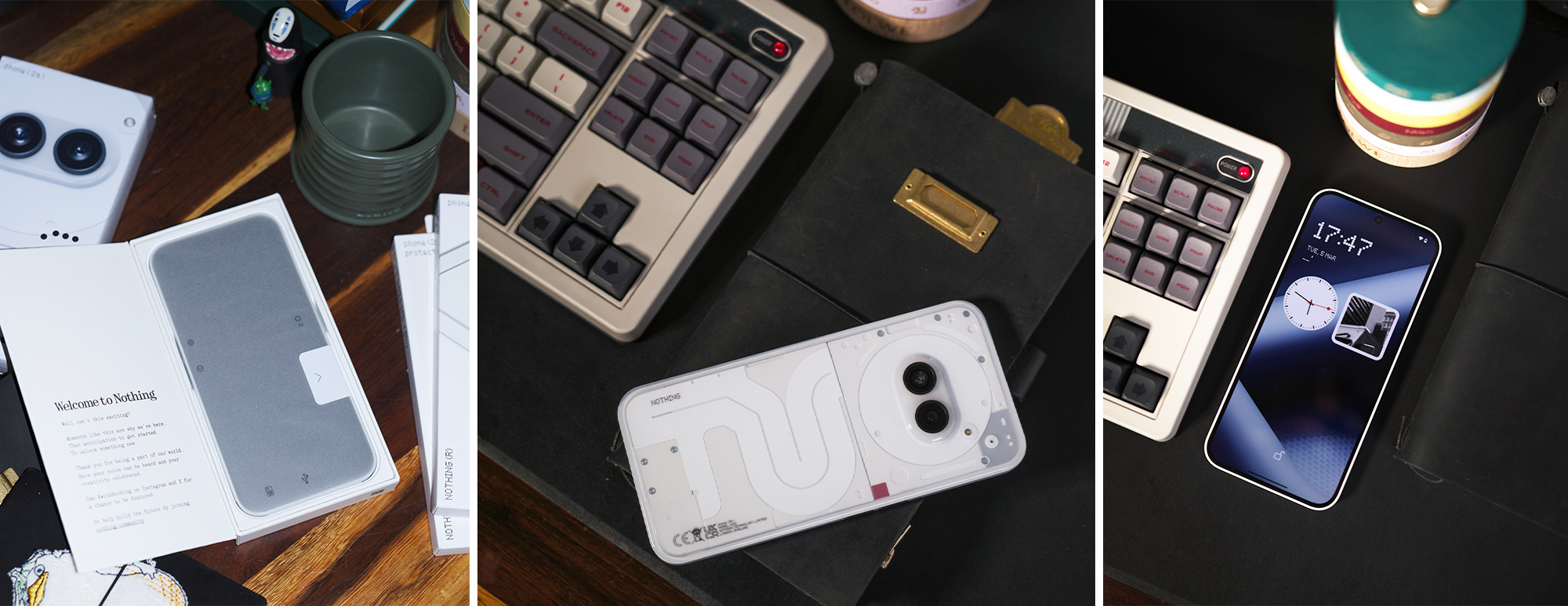

You must be logged in to post a comment.